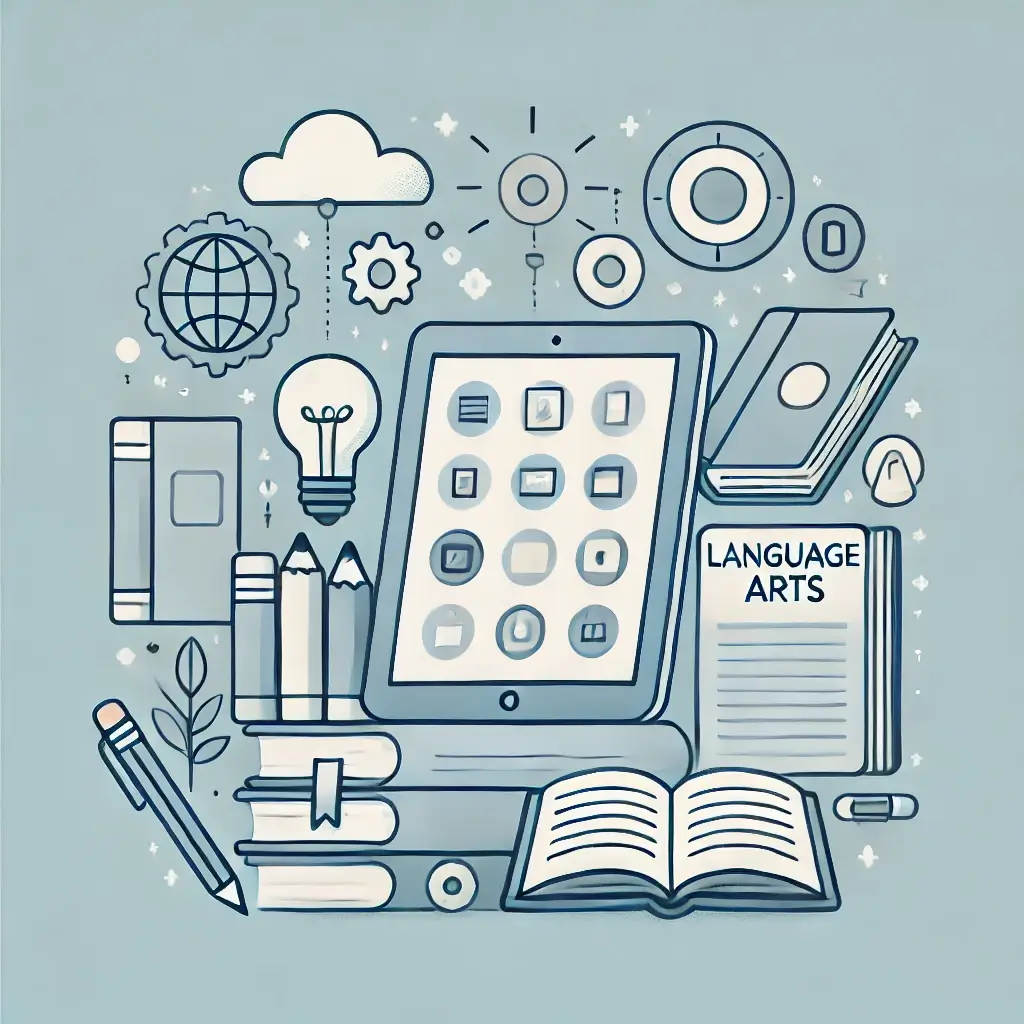Introduction
In today’s rapidly evolving educational landscape, the need for high-quality language arts resources has never been greater. Whether you are a teacher striving to engage students, a parent seeking to support your child’s literacy development, or a student aiming to enhance reading, writing, and critical thinking skills, language arts resources are essential. The variety of available tools—ranging from interactive apps to comprehensive curriculum guides—can be overwhelming. That’s why we’ve compiled a list of the top 10 best Language Arts resources for 2024-2025.
This article will explore a variety of platforms that help improve grammar, vocabulary, reading comprehension, and writing skills. From free to premium options, you’ll find the pros, cons, pricing, and best deals for each. We also included direct URLs, email contacts, and phone numbers to make it easier to access these valuable tools. Whether you’re homeschooling, teaching in a classroom, or studying independently, our curated list has something for everyone. Dive into the world of language arts and discover how these resources can help sharpen your literary skills and boost overall academic performance.

Hereafter, the top 10 Best Language Arts Resources in 2024-2025
1. Grammarly
- Pros: Comprehensive grammar and style check; real-time feedback; integrates with browsers and word processors.
- Cons: Limited features in the free version; premium can be pricey.
- Price: Free version available; Premium starts at $12/month.
- Best Deals: Annual subscriptions often come with discounts.
- Site URL: www.grammarly.com
- Contact Email: [email protected]
- Phone: Not provided.
2. ReadWorks
- Pros: Free resources for teachers and students; aligned with Common Core standards; differentiated reading levels.
- Cons: Requires internet access; fewer interactive features.
- Price: Free.
- Best Deals: N/A (free resource).
- Site URL: www.readworks.org
- Contact Email: [email protected]
- Phone: Not provided.
3. NoRedInk
- Pros: Engaging grammar and writing lessons; personalized feedback; integrates with Google Classroom.
- Cons: Premium content is expensive; limited customization in free version.
- Price: Free basic version; Premium starts at $10/student/year.
- Best Deals: Group subscriptions offer discounts.
- Site URL: www.noredink.com
- Contact Email: [email protected]
- Phone: Not provided.
4. Quill
- Pros: Interactive grammar and writing exercises; great for classroom use; adaptive learning.
- Cons: Limited offline functionality; user interface could be more modern.
- Price: Free; Premium for classrooms starts at $80/year.
- Best Deals: Annual school-wide deals available.
- Site URL: www.quill.org
- Contact Email: [email protected]
- Phone: Not provided.
5. Epic!
- Pros: Large library of books and reading quizzes; personalized for kids; engaging illustrations.
- Cons: Mainly for younger readers; requires a subscription for full access.
- Price: Free for teachers; $9.99/month for families.
- Best Deals: Annual subscriptions offer discounts.
- Site URL: www.getepic.com
- Contact Email: [email protected]
- Phone: Not provided.
6. IXL Language Arts
- Pros: Covers all grade levels; provides detailed analytics for students’ progress.
- Cons: Can be expensive for individual users; repetitive exercises.
- Price: $9.95/month for families; school pricing varies.
- Best Deals: Discounts for annual plans.
- Site URL: www.ixl.com
- Contact Email: [email protected]
- Phone: 1-855-255-8800
7. CommonLit
- Pros: Free for teachers and students; vast collection of reading materials.
- Cons: Limited interactivity; no advanced writing tools.
- Price: Free.
- Best Deals: N/A (free resource).
- Site URL: www.commonlit.org
- Contact Email: [email protected]
- Phone: Not provided.
8. Scholastic Literacy Pro
- Pros: Curated reading lists; detailed progress tracking; engages students in reading challenges.
- Cons: Mainly caters to K-12; requires a subscription for most features.
- Price: Pricing varies for schools.
- Best Deals: Group licenses offer discounts.
- Site URL: www.scholastic.com
- Contact Email: [email protected]
- Phone: 1-800-724-6527
9. Newsela
- Pros: Current events articles tailored to reading levels; integrates well with classroom management systems.
- Cons: Expensive for individual use; primarily for educational institutions.
- Price: Free version available; Premium starts at $18/student/year.
- Best Deals: Discounts for district-wide subscriptions.
- Site URL: www.newsela.com
- Contact Email: [email protected]
- Phone: Not provided.
10. PBS LearningMedia
- Pros: Offers a variety of free educational resources; integrates videos and interactive content.
- Cons: Limited advanced language arts tools; focuses more on multimedia.
- Price: Free.
- Best Deals: N/A (free resource).
- Site URL: www.pbslearningmedia.org
- Contact Email: [email protected]
- Phone: Not provided.
Conclusion
Language arts resources are a cornerstone of education, offering tools that help improve reading, writing, grammar, and critical thinking. Whether you’re a teacher searching for a curriculum supplement or a student eager to improve literacy skills, the top 10 resources we’ve explored in this article provide a variety of options. From interactive platforms like Grammarly and NoRedInk to comprehensive libraries like Epic! and Scholastic Literacy Pro, each tool offers unique strengths. Free resources such as CommonLit and PBS LearningMedia provide excellent value, especially for schools on a tight budget. However, paid platforms like IXL and Newsela may offer more robust features and detailed progress tracking that justify their higher cost.
Before investing, it’s essential to consider your specific needs—whether you’re focused on grammar, reading comprehension, or broader literacy skills. Most of these platforms offer trial versions or free plans, making it easier to test them before committing. As the demand for literacy proficiency grows, these tools will be invaluable in helping learners of all ages master essential language arts skills. Whichever resource you choose, investing in language arts education is an investment in lifelong learning and success.
Get epic product battles straight to you! 🥊 📦 ![]()
